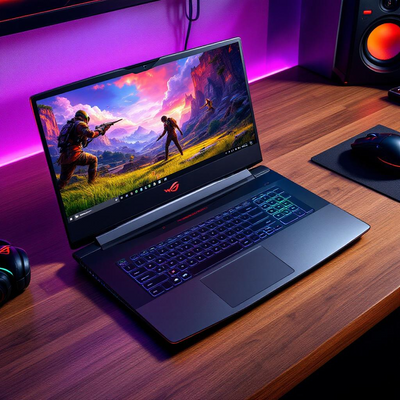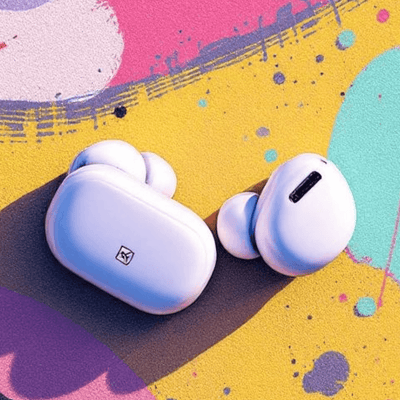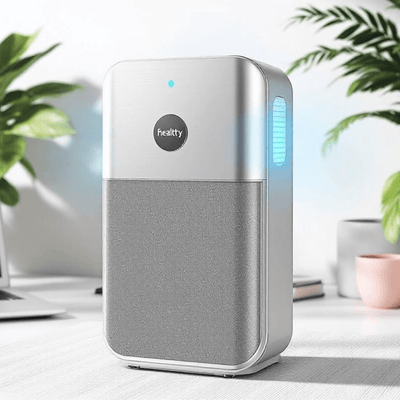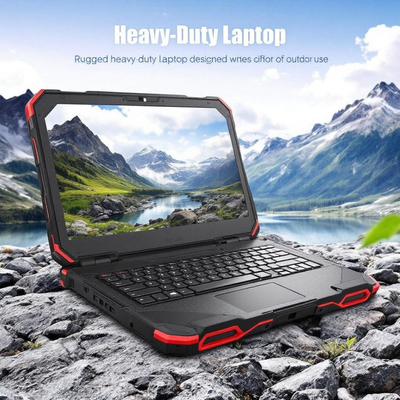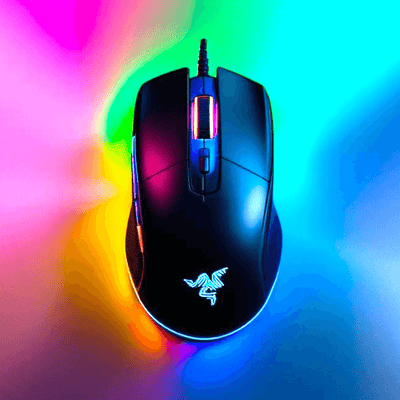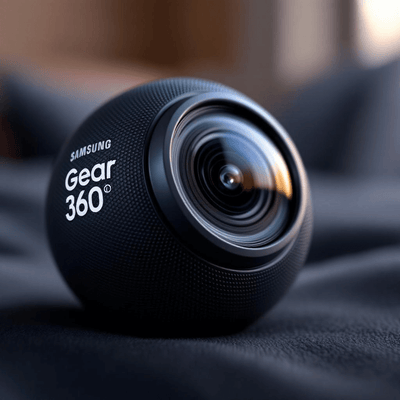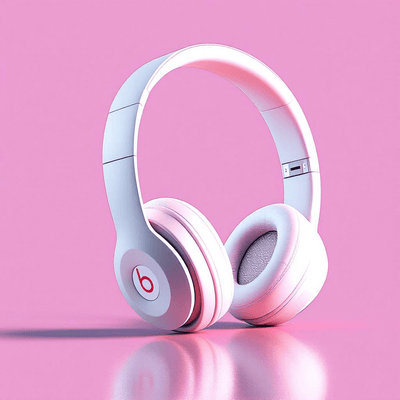Collection - Full Width
- Processor: Intel® Pentium® N3700 Processor
- Memory: DDR3 2 GB
- Display: 14.0" 1920x1080
- Graphic: Integrated Intel® HD Graphics
- Storage: 500GB HDD 5400
- Camera: VGA Web Camera
- Networking: 802.11 b/g/n
- Battery: 2Cells 32 Whrs
- Dimensions: 339 x 235 x 21.9 cmM
- Weight: 1.65 kg
- Processor: Intel® Pentium® N3700 Processor
- Memory: DDR3 2 GB
- Display: 14.0" 1920x1080
- Graphic: Integrated Intel® HD Graphics
- Storage: 500GB HDD 5400
- Camera: VGA Web Camera
- Networking: 802.11 b/g/n
- Battery: 2Cells 32 Whrs
- Dimensions: 339 x 235 x 21.9 cmM
- Weight: 1.65 kg
- Dimensions: 139mm x 288mm x 21mm
- Weight: 312 g
- 36-month battery life
- Adjustable keyboard height
- Spill-resistant design
- 2.4GHz wireless (10 meters)
- Nano USB receiver
- 3-year Limited hardware warranty
- Dimensions: 139mm x 288mm x 21mm
- Weight: 312 g
- 36-month battery life
- Adjustable keyboard height
- Spill-resistant design
- 2.4GHz wireless (10 meters)
- Nano USB receiver
- 3-year Limited hardware warranty
- Read Speed: up to 130 MB/s
- Generation: USB 3.0
- Dimensions: 13.21 mm x 42.42 mm x 6.60 mm
- Operating temperature: 32° - 113°
- Storage temperature: 0° - 158°
- 5-year limited warranty
- Read Speed: up to 130 MB/s
- Generation: USB 3.0
- Dimensions: 13.21 mm x 42.42 mm x 6.60 mm
- Operating temperature: 32° - 113°
- Storage temperature: 0° - 158°
- 5-year limited warranty
- Processor: Intel, Core i5 Skylake
- Memory: DDR4 - 4 GB
- Display: 15.6" 1920 x 1080
- Graphic: Intel® HD Graphics 620
- Storage: HDD, 500 GB
- Camera: 1 MP
- Networking: 802.11 b/g/n
- Battery: Li-Ion 4 cell
- Dimensions: 382 x 263 x 24.4 cmM
- Weight: 2 kg
- Processor: Intel, Core i5 Skylake
- Memory: DDR4 - 4 GB
- Display: 15.6" 1920 x 1080
- Graphic: Intel® HD Graphics 620
- Storage: HDD, 500 GB
- Camera: 1 MP
- Networking: 802.11 b/g/n
- Battery: Li-Ion 4 cell
- Dimensions: 382 x 263 x 24.4 cmM
- Weight: 2 kg
- Technology: USB port or Bluetooth
- Dimensions: 61.6 x 100.3 x 1.4 mm
- Weight: 106 g
- Battery life: up to 2 month
- Battery: rechargeable Li-Po (500 mAh)
- Wireless distance: 32 ft (10 m)
- Wireless technology: 2.4GHz
- Sensor: Darkfield Laser sensor
- 1-Year Limited Hardware Warranty
- Requirements: Windows® 7 to latest
- Technology: USB port or Bluetooth
- Dimensions: 61.6 x 100.3 x 1.4 mm
- Weight: 106 g
- Battery life: up to 2 month
- Battery: rechargeable Li-Po (500 mAh)
- Wireless distance: 32 ft (10 m)
- Wireless technology: 2.4GHz
- Sensor: Darkfield Laser sensor
- 1-Year Limited Hardware Warranty
- Requirements: Windows® 7 to latest
- Technology: GSM / HSPA / LTE
- Dimensions: 256.2 x 167.9 x 6.7 mm
- Weight: 510 g
- Display: IPS LCD 10.1 inches
- Resolution: 1200 x 1920
- OS: Android OS, v6.0.1 (Marshmallow)
- Chipset: Snapdragon 617
- CPU: Octa-core
- Internal: 32 GB, 2 GB RAM
- Camera: 5 MP - 5 MP
- Technology: GSM / HSPA / LTE
- Dimensions: 256.2 x 167.9 x 6.7 mm
- Weight: 510 g
- Display: IPS LCD 10.1 inches
- Resolution: 1200 x 1920
- OS: Android OS, v6.0.1 (Marshmallow)
- Chipset: Snapdragon 617
- CPU: Octa-core
- Internal: 32 GB, 2 GB RAM
- Camera: 5 MP - 5 MP
- Technology: GSM / HSPA / LTE
- Dimensions: 254 x 167 x 6.1 mm
- Weight: 393 g
- Display: IPS LCD 10.1 inches
- Resolution: 2560 x 1600
- OS: Android OS, v5.0 (Lollipop)
- Chipset: Snapdragon 810
- CPU: Octa-core
- Internal: 32 GB, 3 GB RAM
- Camera: 8.1 MP - 5.1 MP
The Sony Xperia Z4 Tablet faces the daunting task of flying the Z4 banner, when the Xperia Z4 smartphone is just an incremental update limited to the Japanese market. The 10.1-inch tablet seems up for the task however with contemporary specs, attractive styling and razor-thin profile.
The Xperia Z4 Tablet builds on the virtues of the Z2 Tablet from a year ago and the improvements are much easier to spot than in the Xperia smartphone range where Sony's twice-a-year release cycle has meant more gradual evolution.
We weren't particularly satisfied with the low 224ppi of the predecessor, rather thin even by last year's standards and we're happy to note that the tablet's display resolution has been brought up to date and is now 2,560 x 1,600 pixels.
Sony's design language has remained unchanged for a while, and while it may be getting a bit tired, it's stylish nonetheless. A few excess millimeters have been trimmed off the footprint, while thickness has been brought down to match the Apple iPad Air 2 at 6.1mm. And perhaps most importantly, an IP68 certification means you can submerge it in water for up to 30min and 1.5m in depth, without fearing for its life.
Most impressively, the tablet weighs just 393g, a good 10% lighter than both the predecessor and the Cupertino rival. Meanwhile, battery capacity hasn't been sacrificed and has remained at 6,000mAh, but will that be enough to power 80% percent more pixels and more capable chipset?
Speaking of chipsets, a whole year warrants an improvement in the innards and the Snapdragon 810 has replaced the S801 of the Xperia Z2 Tablet. We're only left to hope that Sony has managed to leverage the large surface area to benefit the heat dissipation and we finally the Snapdragon live up to its potential.
We have the LTE version of the tablet which comes with the added benefit of cellular connectivity. There's also a WI-Fi only model, but our findings should apply equally well to that one too. For the sake of simplicity we'll drop the LTE abbreviation for the rest of this review.
- Technology: GSM / HSPA / LTE
- Dimensions: 254 x 167 x 6.1 mm
- Weight: 393 g
- Display: IPS LCD 10.1 inches
- Resolution: 2560 x 1600
- OS: Android OS, v5.0 (Lollipop)
- Chipset: Snapdragon 810
- CPU: Octa-core
- Internal: 32 GB, 3 GB RAM
- Camera: 8.1 MP - 5.1 MP
The Sony Xperia Z4 Tablet faces the daunting task of flying the Z4 banner, when the Xperia Z4 smartphone is just an incremental update limited to the Japanese market. The 10.1-inch tablet seems up for the task however with contemporary specs, attractive styling and razor-thin profile.
The Xperia Z4 Tablet builds on the virtues of the Z2 Tablet from a year ago and the improvements are much easier to spot than in the Xperia smartphone range where Sony's twice-a-year release cycle has meant more gradual evolution.
We weren't particularly satisfied with the low 224ppi of the predecessor, rather thin even by last year's standards and we're happy to note that the tablet's display resolution has been brought up to date and is now 2,560 x 1,600 pixels.
Sony's design language has remained unchanged for a while, and while it may be getting a bit tired, it's stylish nonetheless. A few excess millimeters have been trimmed off the footprint, while thickness has been brought down to match the Apple iPad Air 2 at 6.1mm. And perhaps most importantly, an IP68 certification means you can submerge it in water for up to 30min and 1.5m in depth, without fearing for its life.
Most impressively, the tablet weighs just 393g, a good 10% lighter than both the predecessor and the Cupertino rival. Meanwhile, battery capacity hasn't been sacrificed and has remained at 6,000mAh, but will that be enough to power 80% percent more pixels and more capable chipset?
Speaking of chipsets, a whole year warrants an improvement in the innards and the Snapdragon 810 has replaced the S801 of the Xperia Z2 Tablet. We're only left to hope that Sony has managed to leverage the large surface area to benefit the heat dissipation and we finally the Snapdragon live up to its potential.
We have the LTE version of the tablet which comes with the added benefit of cellular connectivity. There's also a WI-Fi only model, but our findings should apply equally well to that one too. For the sake of simplicity we'll drop the LTE abbreviation for the rest of this review.
- Technology: No cellular connectivity
- Dimensions: 42.6 x 36.5 x 11.4 mm
- Weight: 45.6 g
- Display: AMOLED 1.6 inches
- Resolution: 390 x 312
- OS: watchOS 3.0
- Chipset: Apple S2
- CPU: Dual-core
- Internal: No
- Camera: No
- Technology: No cellular connectivity
- Dimensions: 42.6 x 36.5 x 11.4 mm
- Weight: 45.6 g
- Display: AMOLED 1.6 inches
- Resolution: 390 x 312
- OS: watchOS 3.0
- Chipset: Apple S2
- CPU: Dual-core
- Internal: No
- Camera: No
- Technology: No cellular connectivity
- Dimensions: 46 x 46 x 11.4 mm
- Weight: IPS LCD g
- Display: AMOLED 1.56 inches
- Resolution: 360 x 330
- OS: Android Wear OS
- Chipset: Snapdragon 400
- CPU: Quad-core 1.2 GHz Cortex-A7
- Internal: 4 GB, 512 MB RAM
- Camera: No
A year after the first generation took the smartwatch world by storm with its timeless looks, it is time for the new Moto 360 to step up to the plate. The new iteration of Motorola's acclaimed Android Wear device arrives on the market with revamped design, highly customizable body in two sizes, a version designed for ladies, and a brand new Sport model.
Of course, in addition to new looks and levels of customizability, the new Moto 360 also features improved hardware over the first generation. The newcomer packs a more powerful Qualcomm Snapdragon 400 solution, sharper display, and bigger battery. Take a look at its key features below.
- Technology: No cellular connectivity
- Dimensions: 46 x 46 x 11.4 mm
- Weight: IPS LCD g
- Display: AMOLED 1.56 inches
- Resolution: 360 x 330
- OS: Android Wear OS
- Chipset: Snapdragon 400
- CPU: Quad-core 1.2 GHz Cortex-A7
- Internal: 4 GB, 512 MB RAM
- Camera: No
A year after the first generation took the smartwatch world by storm with its timeless looks, it is time for the new Moto 360 to step up to the plate. The new iteration of Motorola's acclaimed Android Wear device arrives on the market with revamped design, highly customizable body in two sizes, a version designed for ladies, and a brand new Sport model.
Of course, in addition to new looks and levels of customizability, the new Moto 360 also features improved hardware over the first generation. The newcomer packs a more powerful Qualcomm Snapdragon 400 solution, sharper display, and bigger battery. Take a look at its key features below.
- Connections: USB 2.0, USB 3.0
- Controls: Onboard touchpad, Bluetooth controllers
- Hardware Platform: Android
- Headset Type: Mobile
- Resolution: 2,560 by 1,440
- Sensors: Motion, presence
- Platform: Samsung Gear VR powered by Oculus
- Supported: Note5, Note7, S6, S6 Edge, S6 Edge+, S7, S7 Edge
- Connections: USB 2.0, USB 3.0
- Controls: Onboard touchpad, Bluetooth controllers
- Hardware Platform: Android
- Headset Type: Mobile
- Resolution: 2,560 by 1,440
- Sensors: Motion, presence
- Platform: Samsung Gear VR powered by Oculus
- Supported: Note5, Note7, S6, S6 Edge, S6 Edge+, S7, S7 Edge
- Long talk time – Up to 10 hours
- Tells you how it’s doing
- For calls and music
- Perfect iPhone partner
- Charging is quick
- Connects to two devices
- USB charging cable
- Clear as HD
- Easy call control
- Always in control
- Peace of mind
- Long talk time – Up to 10 hours
- Tells you how it’s doing
- For calls and music
- Perfect iPhone partner
- Charging is quick
- Connects to two devices
- USB charging cable
- Clear as HD
- Easy call control
- Always in control
- Peace of mind
- Battery type: Lithium-ion Polymer (22.2Wh)
- Music playing time: up to 20h
- Rated power: 2 x 10W
- USB charge out: 5V / 2A
- Frequency: 65Hz-20kHz
- Transducer size: 2 x 50
- Battery charge time: 4.5 hrs
- Weight: 800g
- Power supply: 5V / 2.3A
- Battery type: Lithium-ion Polymer (22.2Wh)
- Music playing time: up to 20h
- Rated power: 2 x 10W
- USB charge out: 5V / 2A
- Frequency: 65Hz-20kHz
- Transducer size: 2 x 50
- Battery charge time: 4.5 hrs
- Weight: 800g
- Power supply: 5V / 2.3A


